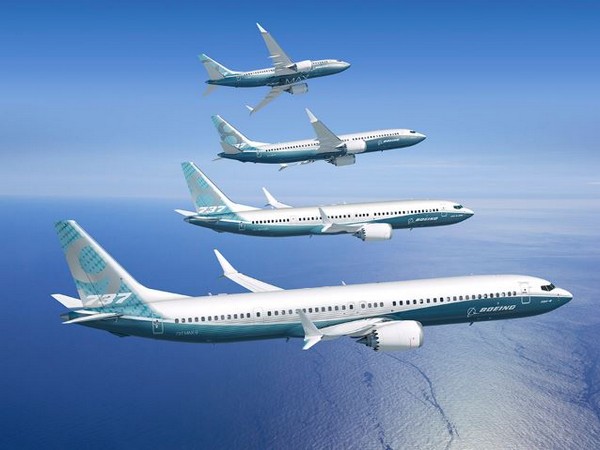
5G Technology on Collision Course With Aviation ?
 Sun, 23 Jan 2022
| Reading Time: 4 minutes
Sun, 23 Jan 2022
| Reading Time: 4 minutes

It all started with the launch of the 5G cell phone service in the United States on 19 January 2022. Despite years of lead time, things hadn’t moved the way they should have been. A feud broke out between telecommunication companies and the aviation industry over the issue of interference from high-speed wireless services with aircraft operations. The dispute between the two industries have disrupted flights in and out of the United States. Air India was among the many world airlines that had to cancel their flights to the USA.
On 13 January 2022, Federal Aviation Administration (FAA) had issued a statement that “FAA is working to determine which radar (radio) altimeters will be reliable and accurate with 5G C-Band deployed in the United States”.
On 14 January they issued a statement — “The Federal Aviation Administration will require operators of Boeing 787s to take additional precautions when landing on wet or snowy runways at airports where 5G C-band service is deployed”. Such statements made the already chaotic situation much worse.
The telecommunication operators blamed FAA for sitting over the issue for two years. The result was the cancellation of flights and temporary limitation on 5G services around some of the airports. So what’s the essence of the issue? Are 5G services really interfering with aeroplane’s systems? What does this all mean for the future of 5G and 6G networks the world over?
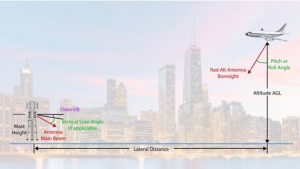
How signals from a base station may occur at the same time and in proximity to altimeter signals: Courtesy 5G Technology World
The Concerns
The 5G network offers increased connectivity, higher bandwidth and extremely fast internet. However, there is one concern, it operates within a specific range of the C-band segment of the radio spectrum. These frequencies are also utilised by aircraft equipment. The mobile signals are not 100 per cent restricted to the assigned frequencies, they can spill over, causing interference with the aeroplane equipment.
In the United States, the spectrum band allocated to 5G services is 3.7 GHz to 3.98 GHz. This frequency is very close to the radio altimeter operating band of 4.2-4.4 GHz. Radio altimeter is the equipment that gives the exact height of the aircraft from above the ground level.

Altimeter receiver filters are inadequate to prevent C-band transmission spill over: Courtesy: Radio Technical Commission for Aeronautics
The airlines feel that the 200 MHz separation is not sufficient. Spurious harmonics from the 5G transmission could spill over to the altimeter’s receiver. This could prevent it from receiving ground returns. The primary concern is the absence of a sharp cut-off in an altimeter’s receiver filter.
The radio altimeter is giving feed to many types of equipment onboard an aircraft. Most of these equipment are the basic requirements of any modern aeroplane. Modern aircrafts depend upon radio altimeters for every landing. The aircraft transitions from flight mode to flare more and thereafter ground mode is based upon the feedback from the radio altimeter. Due to erroneous radio altimeter reading, aircraft computers may assume aircraft to be in the air, impacting thrust reversers and braking systems on the ground.
The radio altimeter has a host of important aviation utilizations. Non-availability of the radio altimeter will impact landing in poor visibility conditions. It also impacts its detection capability of a serious weather phenomenon called ‘Wind Shear’. The all important Ground Proximity Warning System (GPWS) that prevents Controlled Flight Into Terrain (CFIT) is also dependent on the radio altimeter. The Traffic Alert and Collision Avoidance System (TCAS), which can avoid a collision or the near-collision situation between two aircrafts, also depends upon the radio altimeter feed at lower altitudes. Required Navigation Performance (RNP) procedures with Authorization Required (AR) that have become an important part of landing aid are also radio altimeter dependent.
The Present Situation
The 5G services have been established in 40 countries around the world without disrupting airlines operations. However, there is a major difference between the United States and the other countries. The European nations are using 3.3-3.8 GHz, South Korea has a 3.42-3.7 GHz band, and Australia is utilizing 3.5 GHz frequency. The power rating is also 150-250 per cent higher in the United States compared to other countries.
The European countries have restricted the height of 5G antennas near airports to decrease the possibility of interference. Canada has also designated areas around airports as “exclusion zones” and restricted the 5G services. The antennas are also required to be tilted down and away from flight paths to avoid interference during the critical landing phase.
The Indian Perspective
Under the planned rollout of the 5G network in India, thirteen cities would get services by the end of 2022. The Indian government and other agencies until now have been proactive in the frequency allocation. The operating band in India is 3.2 to 3.6 GHz. This gives ample margins between the radio altimeter operating frequencies and the 5G spectrum in India.
On 4 January 2022, the Federation of Indian Pilots (FIP) had also written to the Civil Aviation minister asking that the Directorate General of Civil Aviation (DGCA) and the Telecom Regulatory Authority of India (TRAI) must coordinate and develop a plan to implement the rollout of 5G technology in India. Their cooperation would enable the implementation of fifth-generation telecom in India, safe and successful.
The Indian aviation watchdog and various ministries must remain proactive when the future expansions in the 5G spectrum take place. The frequency band should not be expanded beyond 3.8 GHz till the time new radio altimeters with filters have proven themselves. DGCA must come out with a detailed plan for 5G antenna height, direction and power output in the vicinity of the Indian airports.
In December 2021, the world’s two biggest aircraft manufacturers, Airbus and Boeing, had also urged the American government — “5G interference could adversely affect the ability of aircraft to safely operate”. Therefore, the risk assessment by the trade group ‘Airlines for America’ is a genuine one.
A proactive and open policy would go a long way in making air travel, the world’s most safe mode of transportation, safer than ever before.
********************
Disclaimer
The opinions expressed in this article are the author’s own and do not reflect the views of Chanakya Forum. All information provided in this article including timeliness, completeness, accuracy, suitability or validity of information referenced therein, is the sole responsibility of the author. www.chanakyaforum.com does not assume any responsibility for the same.
Chanakya Forum is now on . Click here to join our channel (@ChanakyaForum) and stay updated with the latest headlines and articles.
Important
We work round the clock to bring you the finest articles and updates from around the world. There is a team that works tirelessly to ensure that you have a seamless reading experience. But all this costs money. Please support us so that we keep doing what we do best. Happy Reading
Support Us







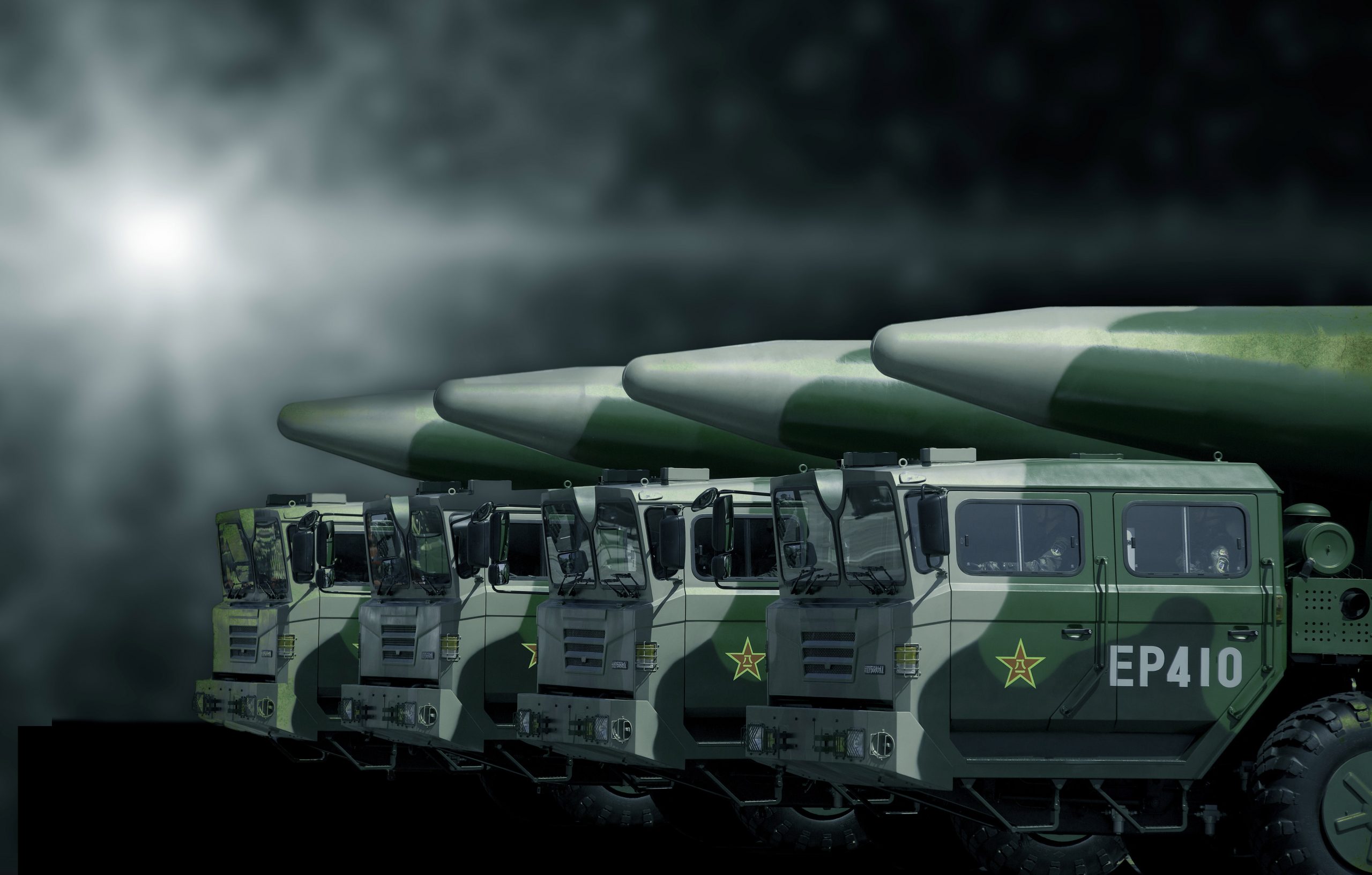




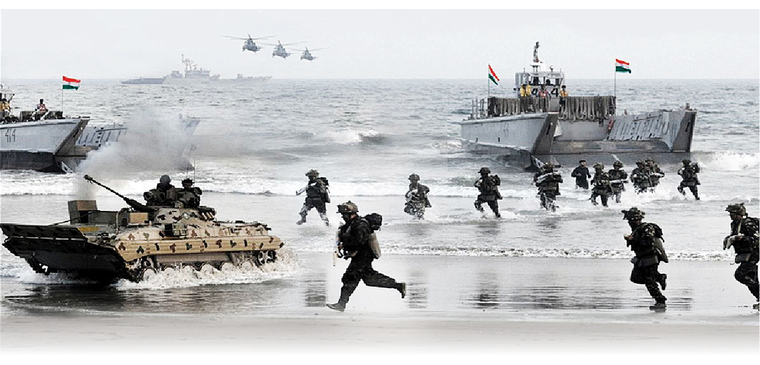

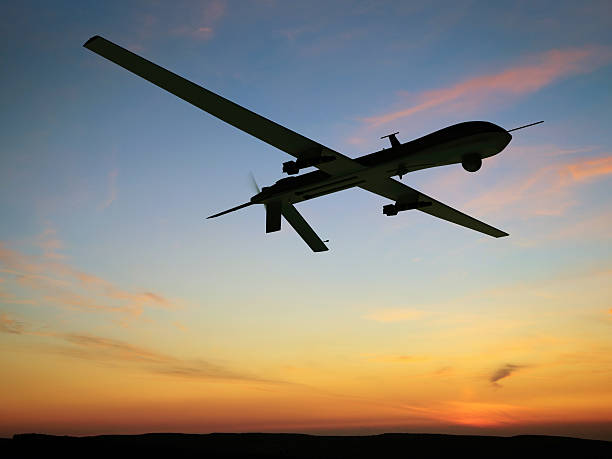






POST COMMENTS (33)
Capt CB Gupta
M N Ravindranath
ST
Sukhjit singh
ST
GP Singh
Judithann Campbell
Cdr Deepak Singh
Rait
Dhirender Gaur
ST
Pradeep Sharan
Dats
Rominad
Praveen Bhaik
Praveen Bhaik
V Mohan
Capt Sameer Patwardhan
Sid Gupta
Anupam
Capt Saikumar
Rajneesh Mahajan
Maj Gen Ajay Vig
Marilee Wein
Raman Gupta
Capt Cawas F Motishaw
Mrinal Barooah
Ajay Sharma
Wendell Bruges
Gp Capt Anurag Kumar
Gopu Sundararajan
Prabha Mohan Baliga
Narinder Pal Singh Hora